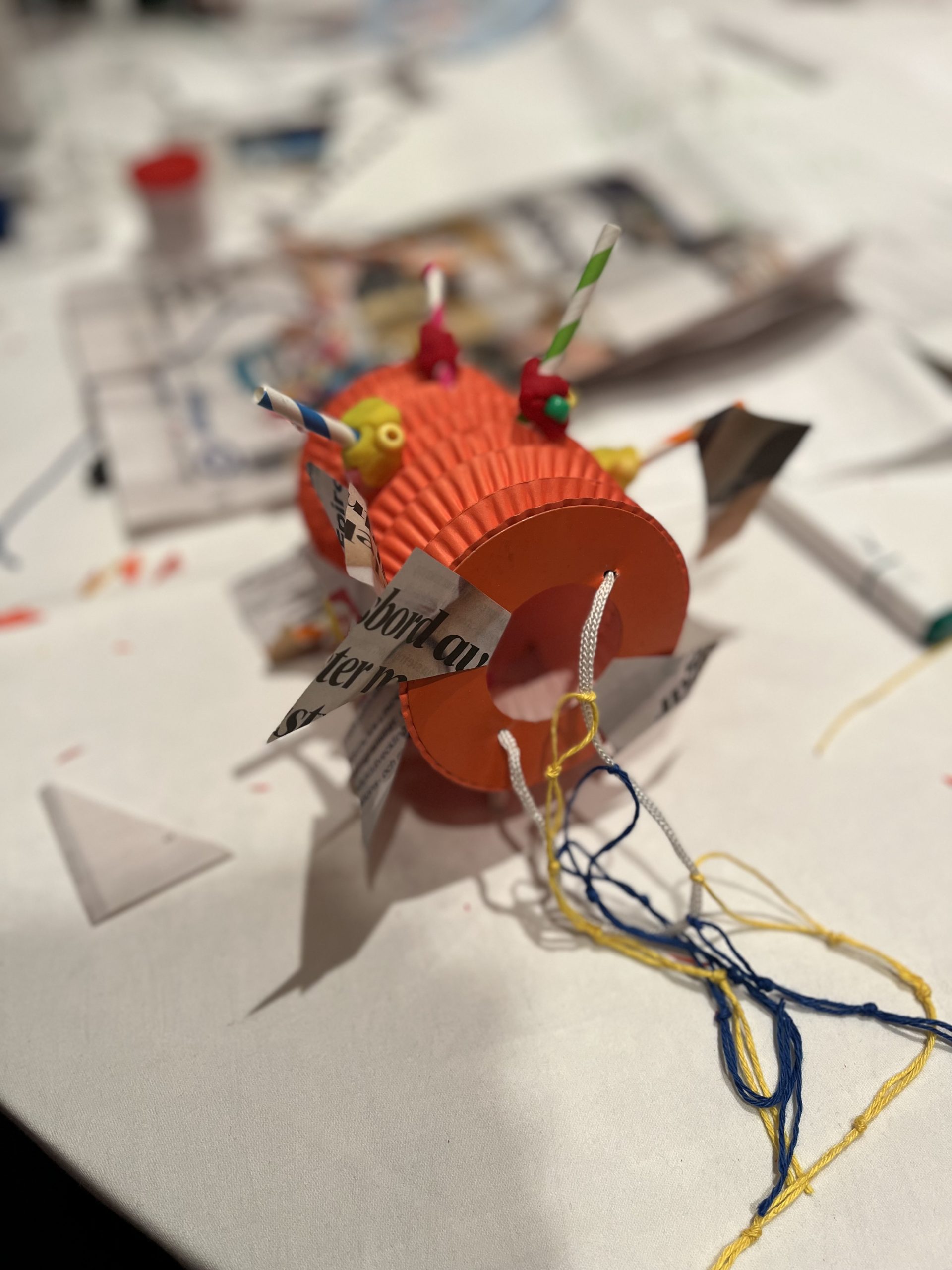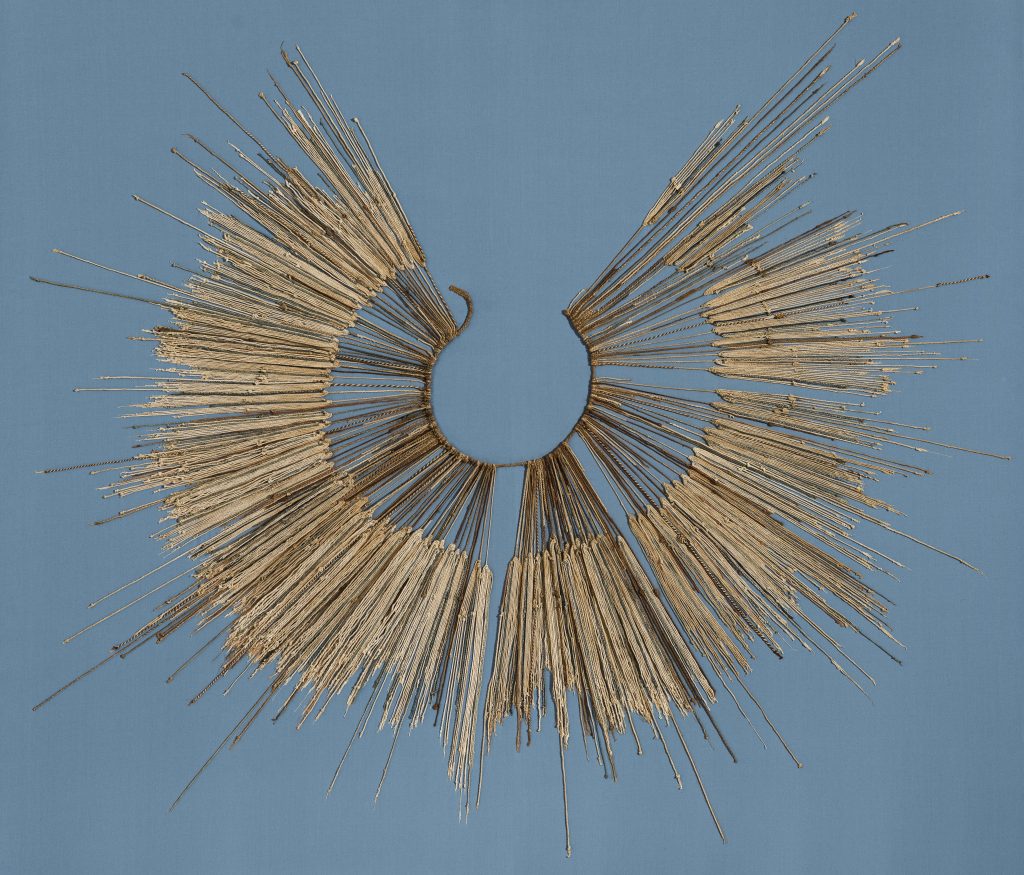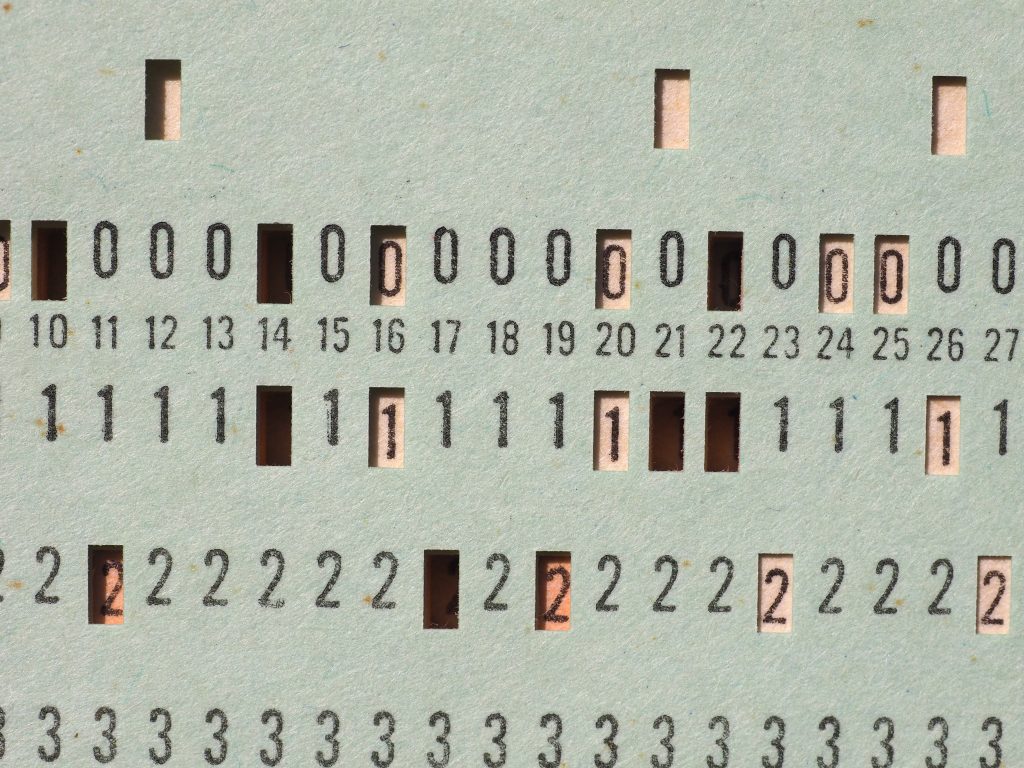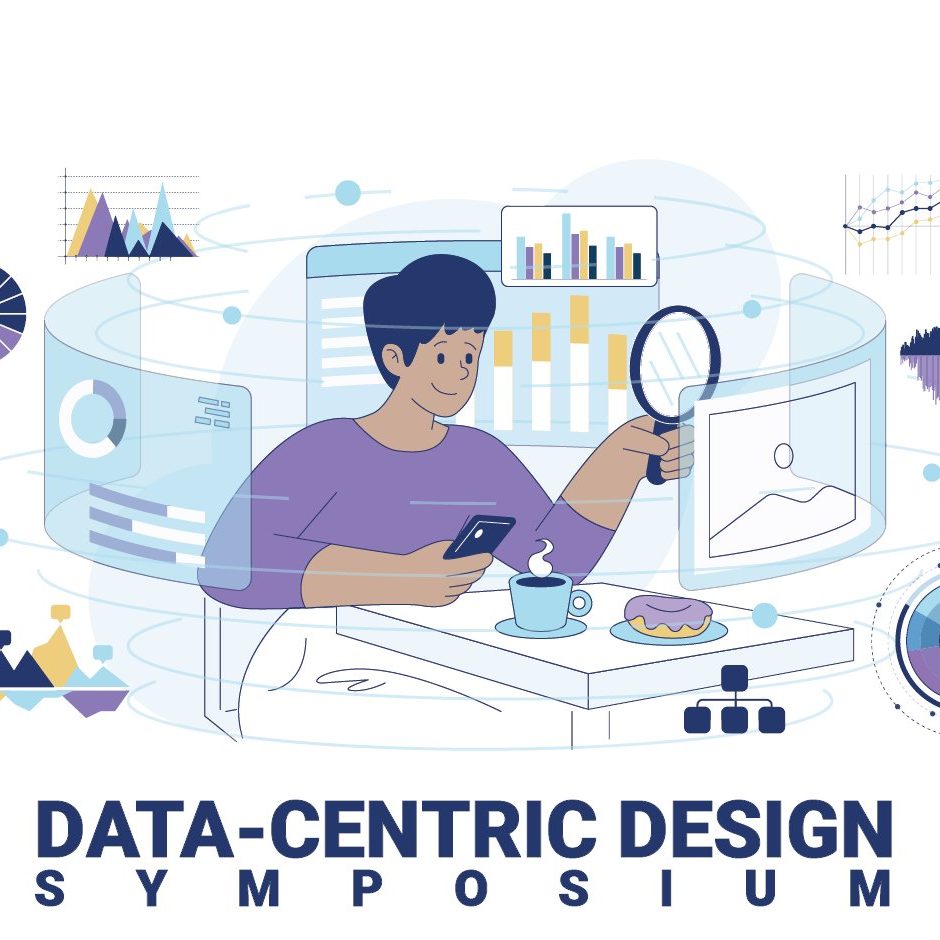Data is braided into the fabric of our everyday lives. Our interactions, entanglements, and encounters with data run deep, occur with and without technology, and exist in physical and digital contexts. For some, data is seen as a vital component for the utilitarian improvement of said everyday lives. To garner, aggregate, analyse, and communicate metrics, insights, and knowledge underpins how we see data and the technology that interacts with it.
Below are some example of works around data as a material for design.
Take Part!
Click on the following options to contribute to the repository:




